Wondermondo 🢖 World 🢖 Wonders of South America
Territory
Wonders of South America
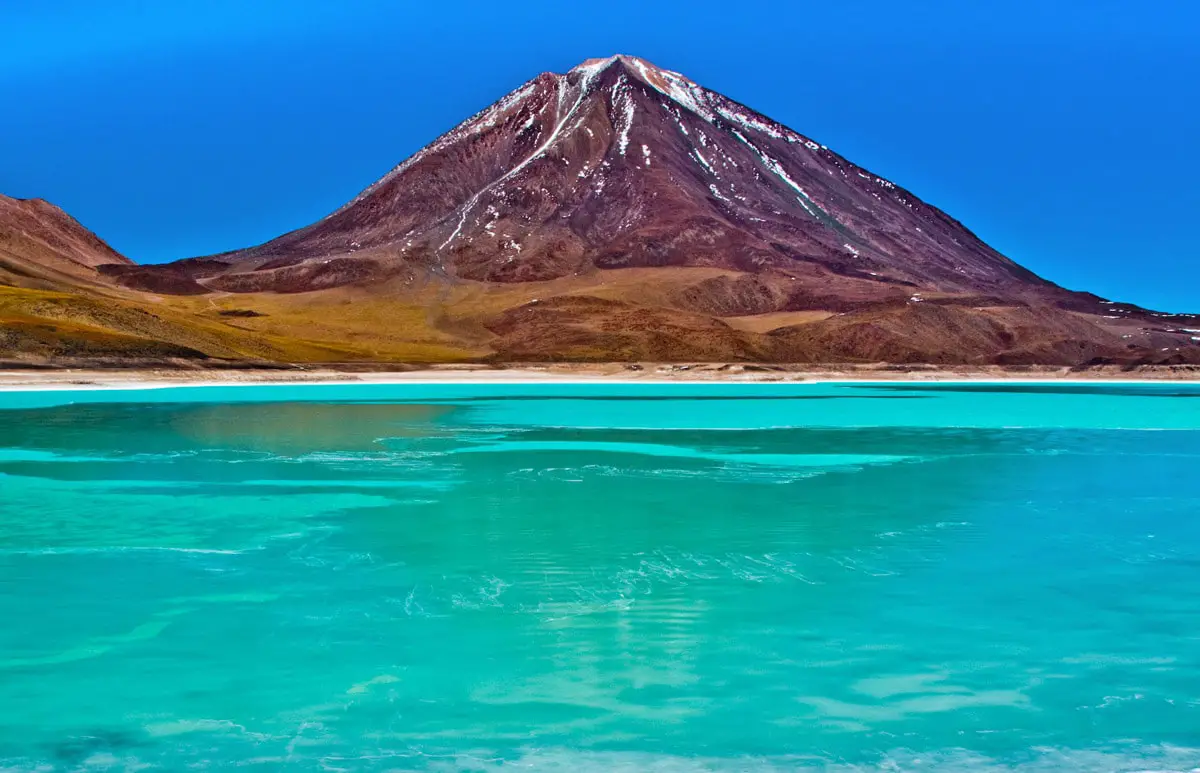
 Countries, territories
Countries, territories
South America is a continent with 12 countries and 2 overseas territories. Galápagos Islands – a distant province of Ecuador – also is reviewed separately.
- Argentina
- Bolivia
- Brazil
- Chile
- Colombia
- Ecuador
- Falkland Islands (United Kingdom)
- French Guiana (France)
- Galápagos Islands (Ecuador)
- Guyana
- Paraguay
- Peru
- Suriname
- Uruguay
- Venezuela
Map with the described wonders
If you see this after your page is loaded completely, leafletJS files are missing.
 Highlights of South America
Highlights of South America
There is little doubt – South America is one of the most spectacular… maybe the most spectacular continent of the world.
Here is located the second highest mountain chain in the world, the largest rainforest, the tallest volcanoes, the tallest and largest waterfalls. The highest biological diversity in the world is reached somewhere near the eastern ranges of the Andes in Ecuador, Peru, or Colombia.
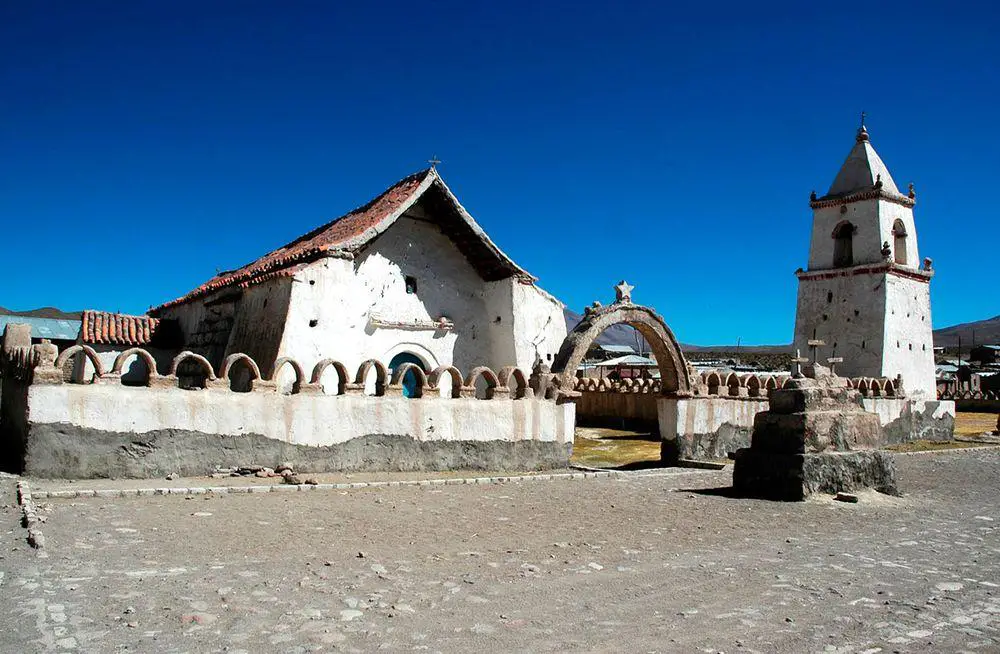
Very interesting is also the human history: in the area of contemporary Peru and Colombia (or… Brazil?… or Bolivia?) developed an independent civilization with numerous diverse cultures building highly original cities, shrines, necropolises, agricultural systems, having unique art and traditions. Much of this heritage is not discovered yet, much is not understood or misunderstood.
European dominance here was brought by brutal force. But the brutal force was not enough, sophisticated locals had to be impressed with rich, sumptuous buildings. Thus in South America were built beautiful cities with some of the most ornate churches in the world, often covered with pure gold inside.
Of much higher value is a symbiosis of the best characteristics of European and South American civilization in arts. Unsurpassed world-class jewels of art and design are the Jesuit missions in Santa Cruz Department, Bolivia, which united the exquisite taste for the arts of locals and Europeans. Of similar value are the simple but elegant Andean churches in Chile and many other historical buildings in South America.
South American architects were at the forefront of world architecture in the 20th century. Amazing works were created in Brazil, also in Uruguay, and other countries.
 Top 25 wonders of South America
Top 25 wonders of South America
Geological wonders
Iguazu Falls (Salto de Iguaçu)
Argentina / Brazil
One of the most enormous and impressive waterfalls in the world, they are “only” 82 meters tall, but 2,700 meters wide.
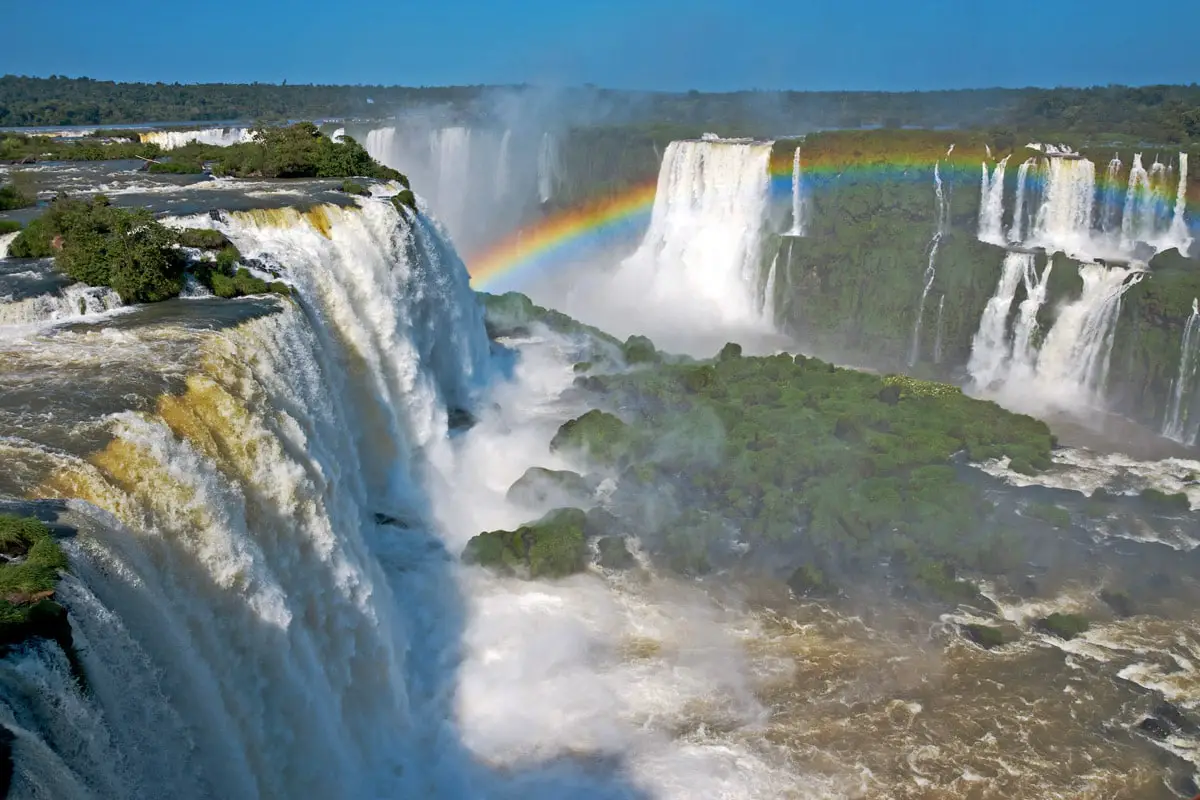
Angel Falls
Venezuela
This is the tallest and one of the most spectacular waterfalls in the world, with a total height of 979 meters. It has the highest single drop (807 meters) in the world.
Kaieteur Falls
Guyana
One of the most spectacular and powerful waterfalls in the world, combining a very high volume of water and a large height of fall. 226 m high free fall on Potaro River, total height – 251 m, volume up to 660 cubic meters per second.
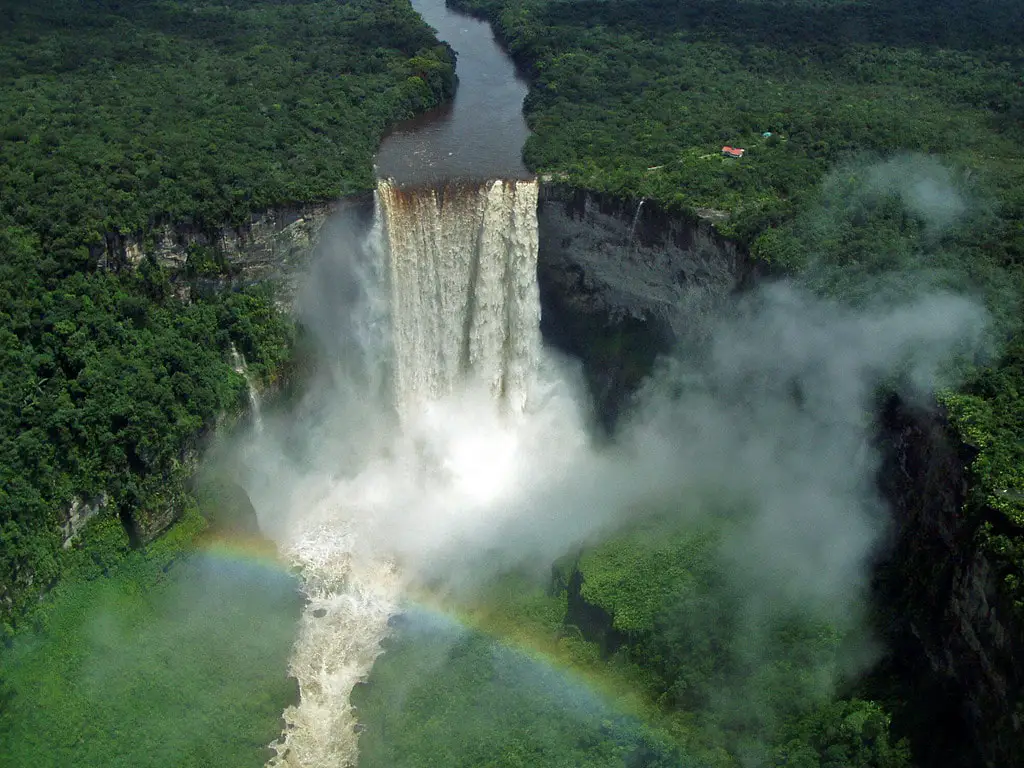
Sima Humboldt and Sima Martel
Venezuela
314 and 248 meters deep, ancient quartzite sinkholes on the top of forested table-top mountains. Sinkholes contain patches of isolated, primeval rainforest on their bottoms.
Puente del Inca
Argentina
Highly unusual natural wonder – a natural arch over Vacas River with hot springs and large travertine formations next to it. The natural bridge is 48 m long, 28 m wide, and 8 m thick, and the river flows 27 m below it.
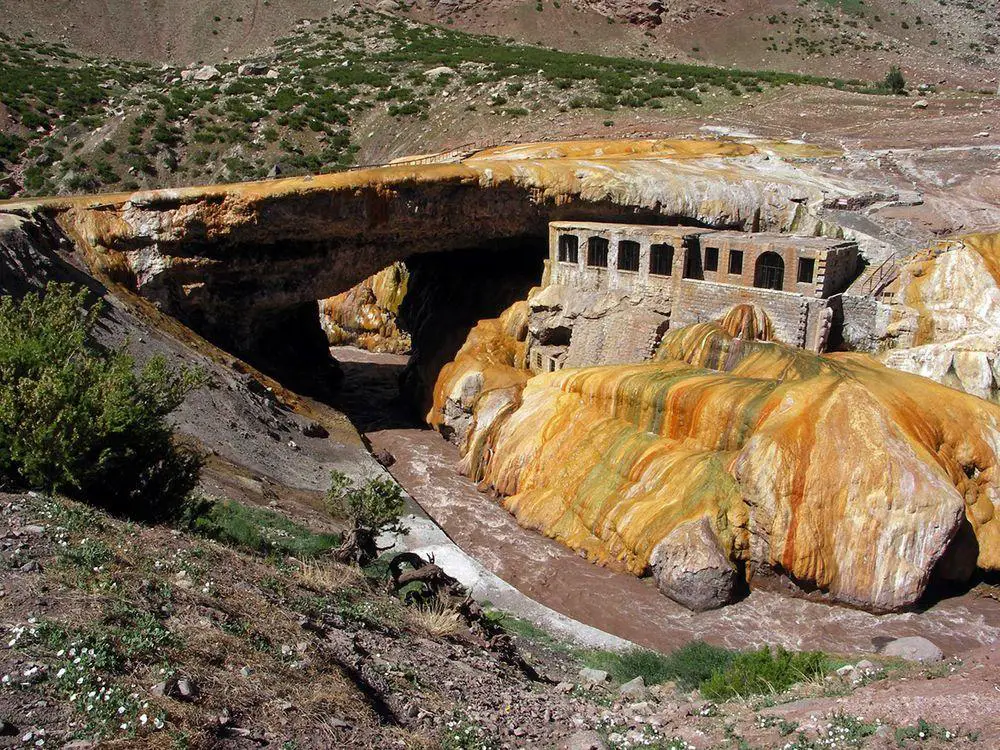
Torres del Paine
Chile
Three knife-formed cliffs rise with vertical walls more than 1,000 – 1,400 m high and offer one of the most impressive sights in Patagonian Andes.
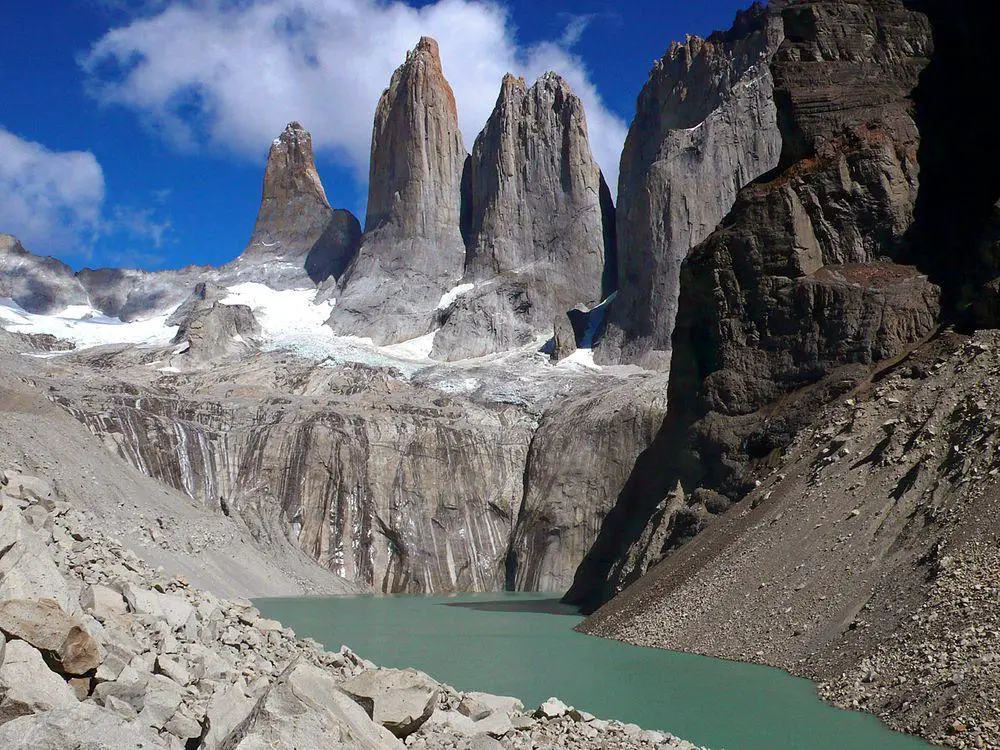
Mount Roraima
Guyana / Venezuela / Brazil
The famous table-mountains in this part of the world have near-unique karst formations in quartzite. Although this rock is almost not soluble, it has been exposed to the atmosphere for many millions of years and as a result, it has been eroded by water, creating countless very interesting formations. Roraima is up to 2.8 km high.
El Tatio
Chile
A large geyser field with at least 85 active geysers erupting up to 6 m high. The field is especially impressive in the early morning. At least 100 geysers and 30 perpetual spouters have been active here in historical times.
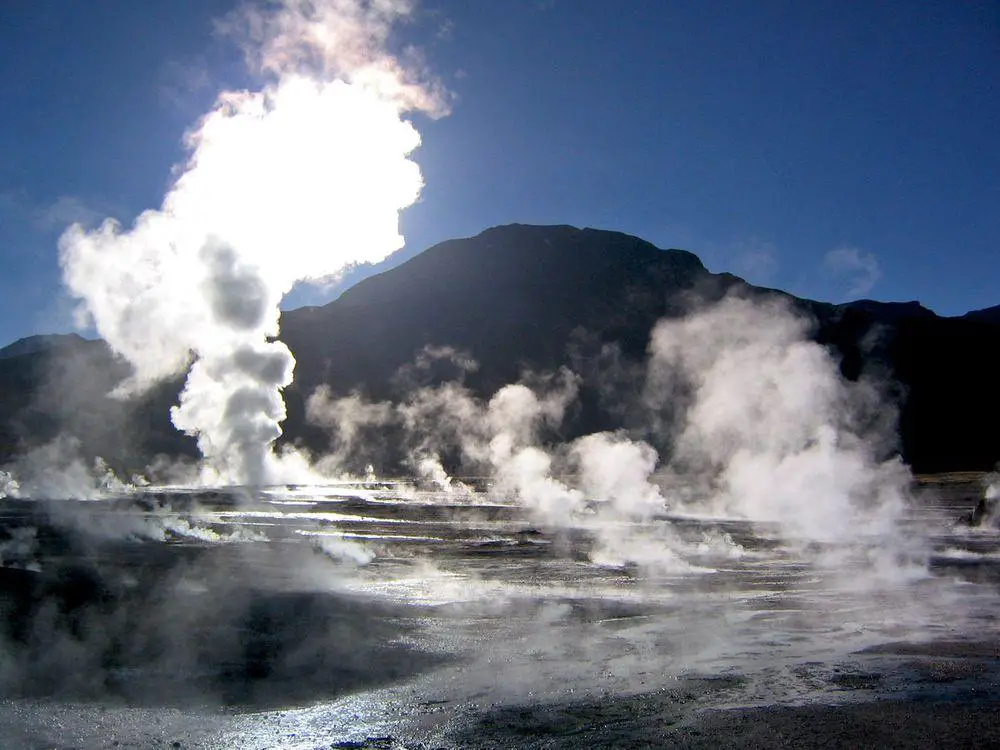
Ventisquero Colgante Falls
Chile
One of the highest waterfalls in Chile and possibly – one of the most beautiful waterfalls worldwide. The water originates from the base of Ventisquero Colgante glacier and falls more than 350 m high with a single plunge. This is a rare sight, because above the giant waterfall towers a wall of blue glaciers.
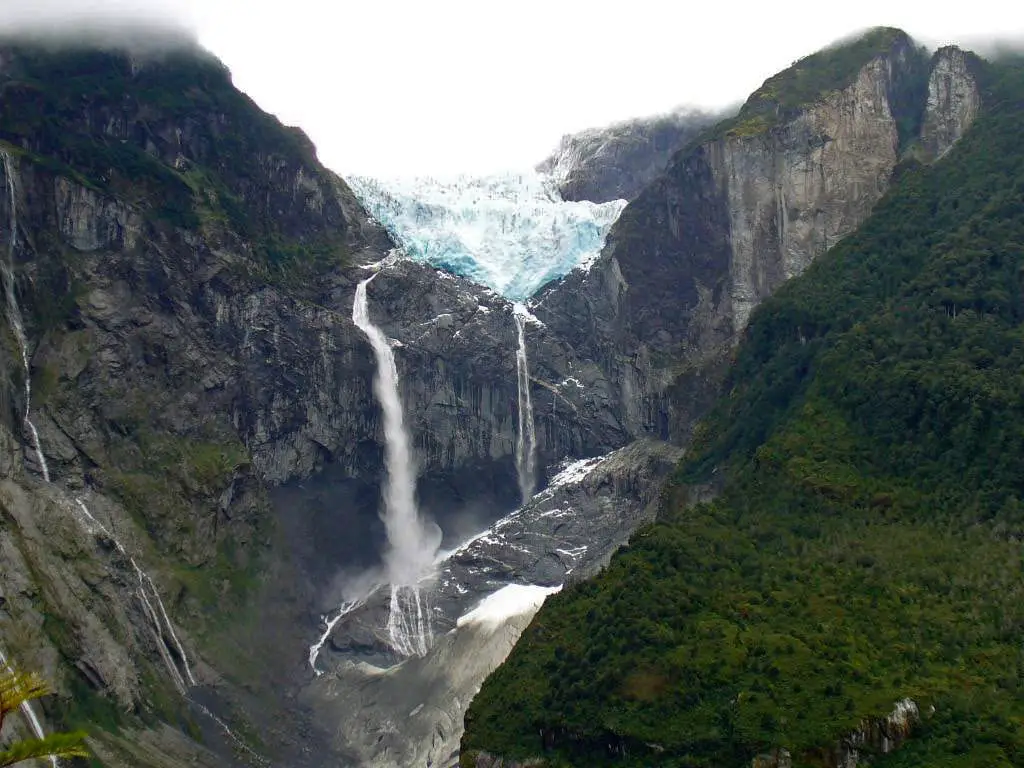
Kukenaam Falls (Cuquenan Falls)
Venezuela
With 674 meters in height and 61 meters in width plunging from the rim of a tepui, this fall is similar in many respects to the world’s tallest waterfall – Angel Falls.
Yungay
Chile
The driest place in the world without any signs of life. Only a few specific microorganisms – extremophiles – are present here. Some areas are rich with nitrates – easily soluble minerals that in other circumstances are consumed by organisms. Here rich nitrate deposits have been formed from atmospheric nitrogen, possibly by lightning.
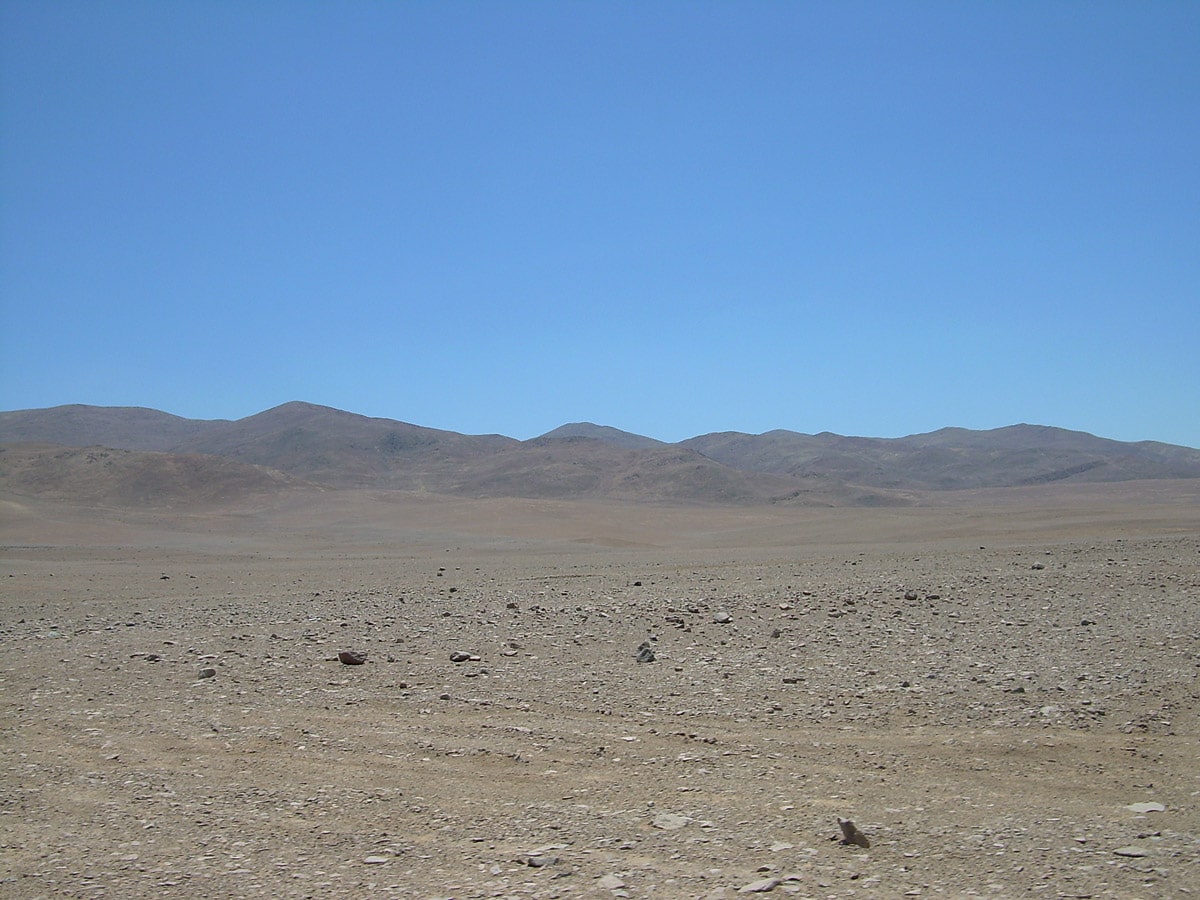
Biological wonders
Forest on Robinson Crusoe Island
Chile
Temperate forest with a unique level of endemism – out of 211 local plant species 132 are endemic – e.g. met only on this island. The dense forest is formed from trees that are not met anywhere else. Hundreds of endemic species of insects.
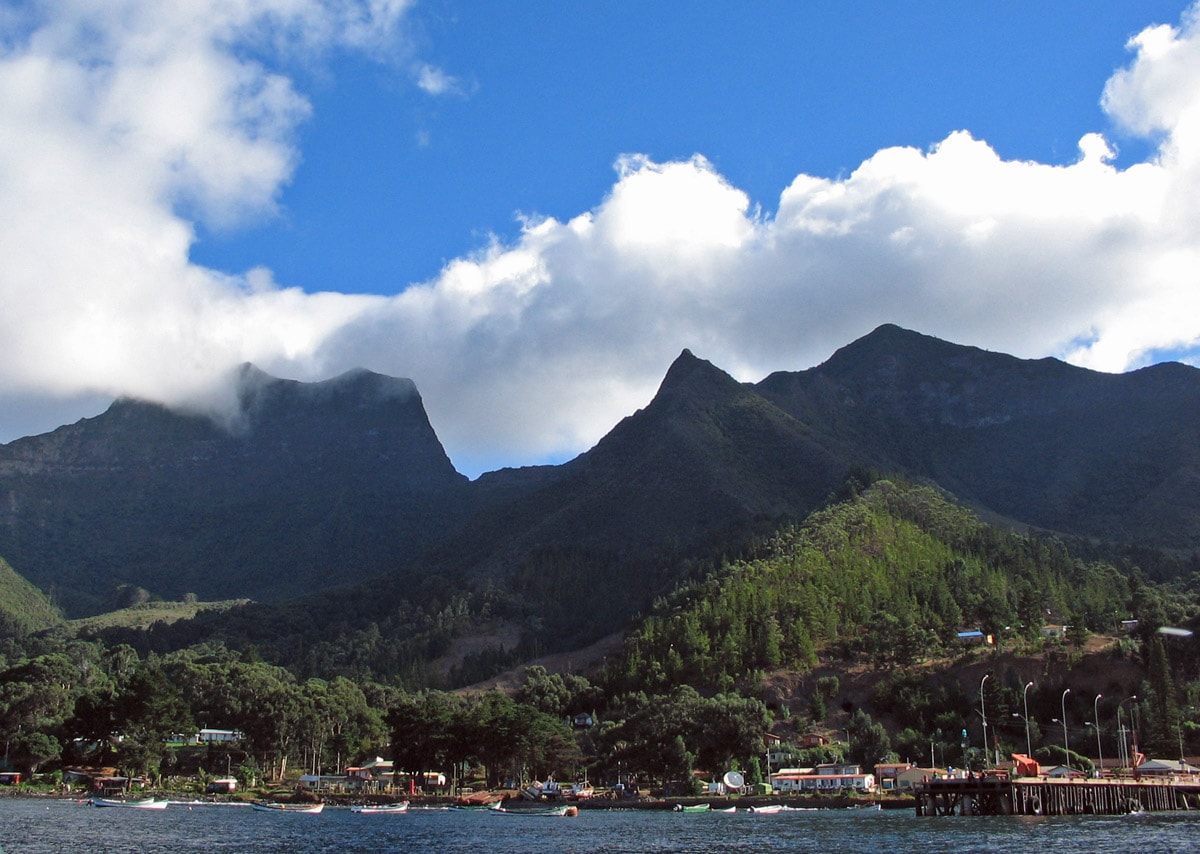
Yasuni Forest
Ecuador
Possibly the most biodiverse area in the world. In this rainforest, the diversity of reptiles, amphibians, freshwater fishes, birds, mammals, and vascular plants (with 2,700 – 4,000 species of plants per hectare) reaches their maximum for Western Hemisphere and often – the world. Uncontacted tribes live in the forest. Endangered and affected by oil extraction.
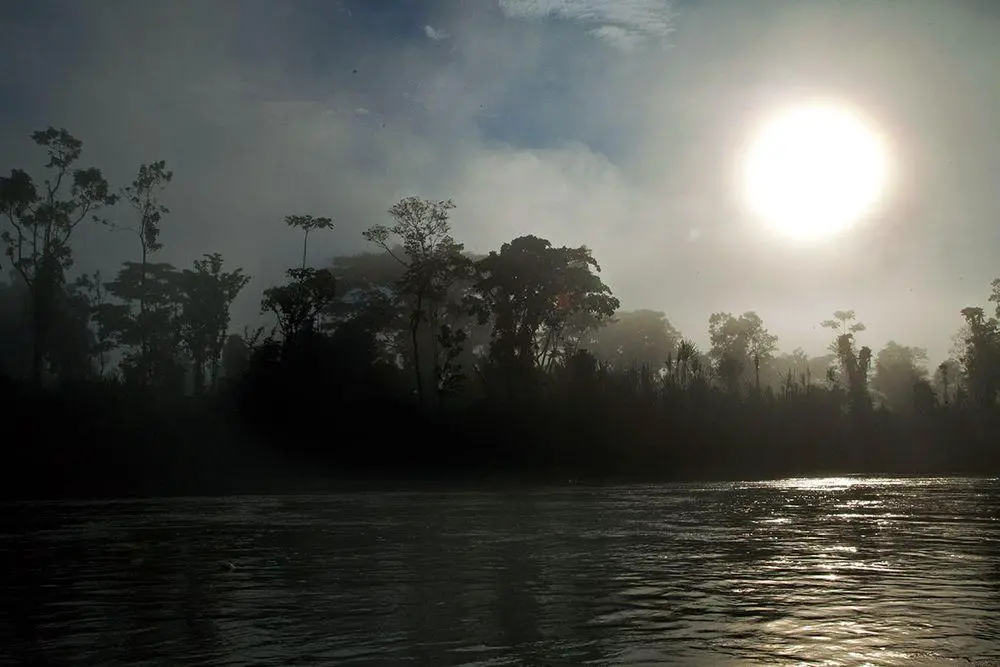
Caño Cristales
Colombia
Unique river with a bottom covered with the endemic Macarenia clavigera plants. These plants in the time period from late July to November turn bright red, thus making the river very colorful and providing one of the most spectacular sights in Colombia.
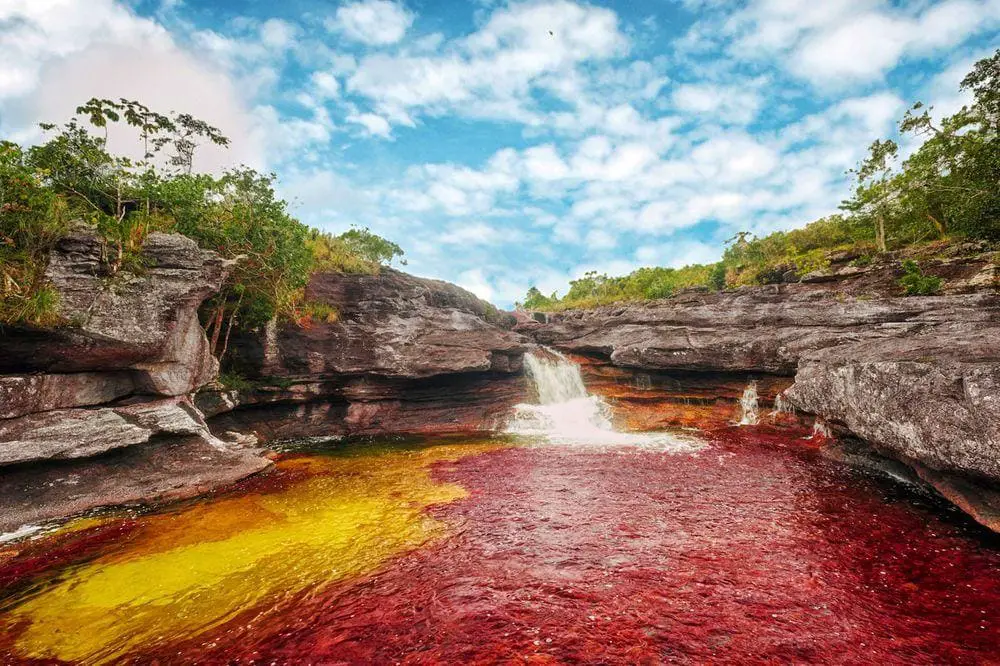
Archaeological wonders
Machu Picchu
Peru
One of the most spectacular archaeological sites in the world. Extensive ruins of stone structures on a rugged cliff peak. The town was built around 1450 as a shelter and center for Inca rulers and abandoned sometime around 1572. An especially interesting monument here is Intihuatana – a sculpted stone, a possible astronomic clock or calendar.
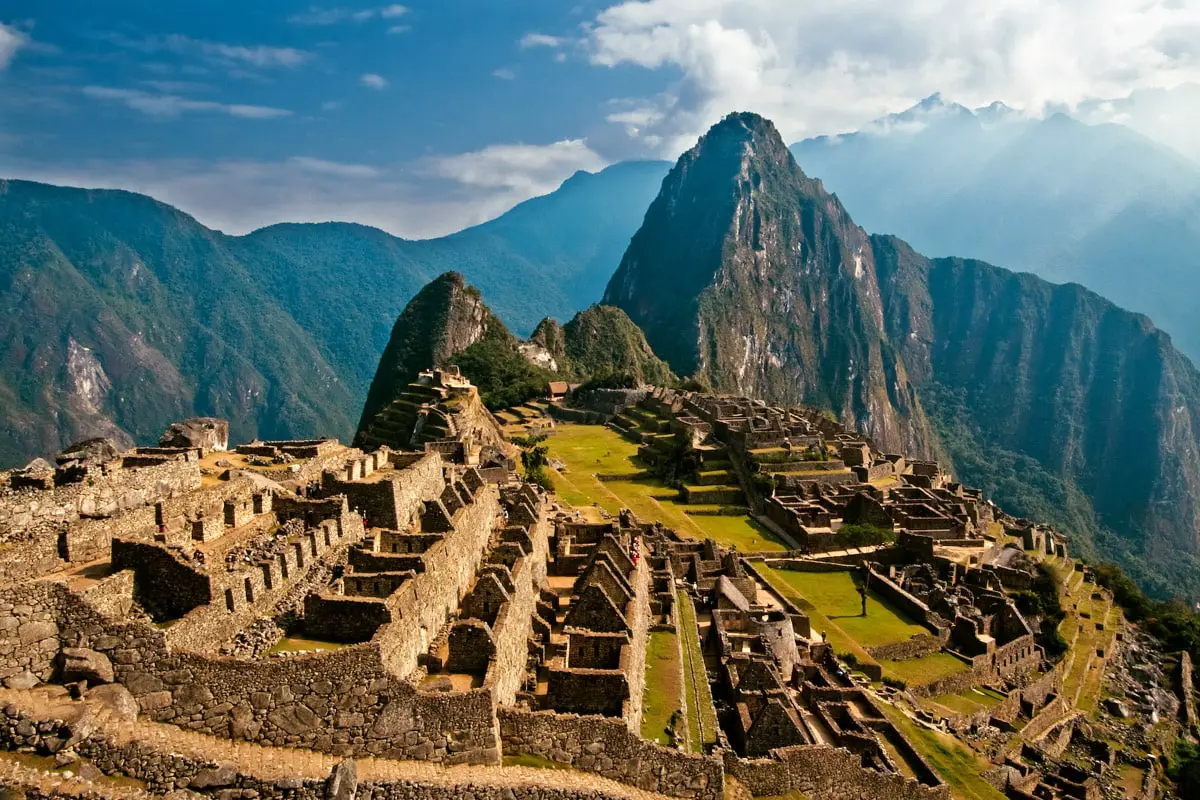
Nazca Lines
Peru
The best-known geoglyphs in the world were created sometime around 400 – 650 AD in the extremely dry Nazca Desert. Giant, up to 200 m long prehistoric drawings are spread over a large area, the best among them are Family, Mandala, Tree, Spider, Condor, Astronaut, and Whale.
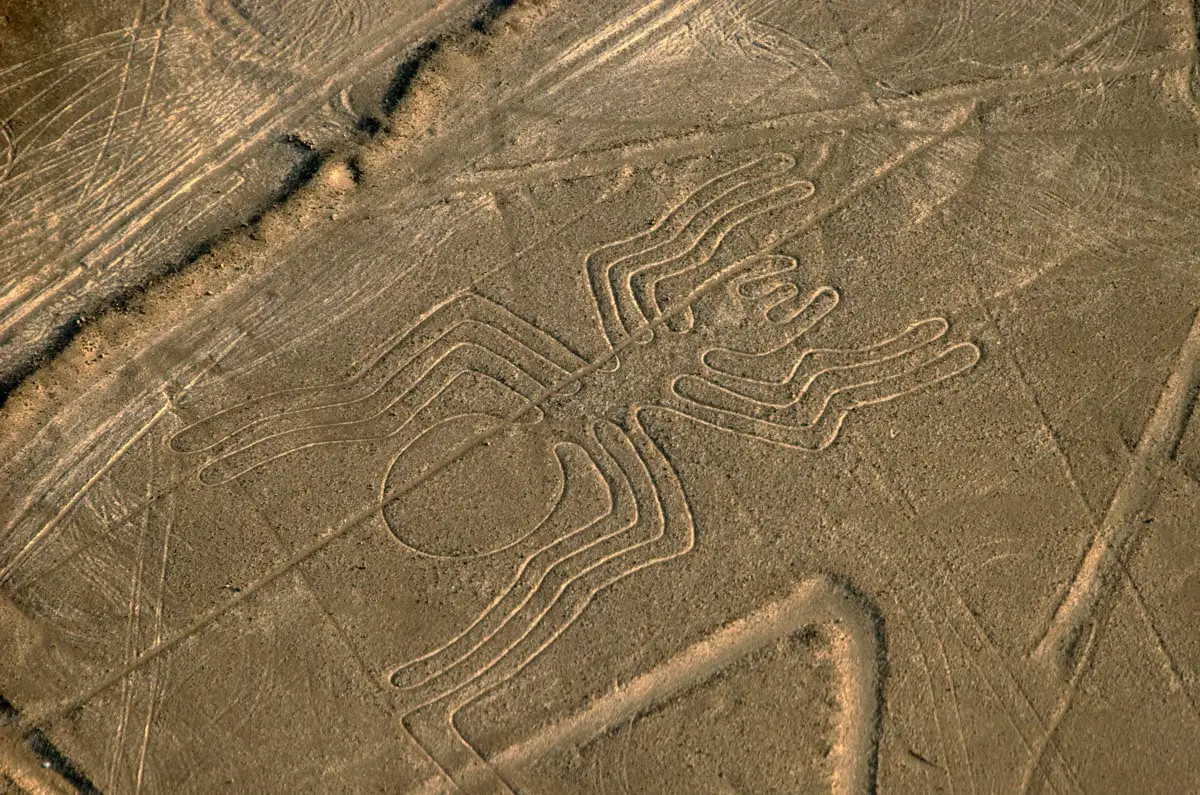
Tiwanaku
Bolivia
Capital of the precursor of the Inca Empire, developed in 300 – 1000 AD. An ancient pilgrimage center of high spiritual importance. Remnants of monumental, megalithic stone architecture with carved sculptures. Near Tiwanaku is Puma Punku – a site that contains amazing stone “details” – giant stones carved in complex forms, up to 131 tons heavy.
Chavín de Huántar
Peru
The former capital of Chavín culture, a place of high spiritual importance. Occupied since at least 3000 BC, a sacred site since the end of the 2nd millennium BC. Numerous diverse temples and amazing artworks including the sculpture of the Lanzón that was created some 3000 years ago.
Sacsayhuamán
Peru
One of the most impressive complexes of megalithic walls with blocks up to 120 – 200 tons heavy: possibly built by Kilke culture between 900 – 1200 AD. Ruins of temples found.
Chan Chan
Peru
The capital of Chimor, the largest known Pre-Columbian city in South America, with some 6 km² large urban core. The city was built from adobe, it flourished in 850 -1470 AD. Chan Chan consists of 10 walled citadels. Intricate ornamentation of adobe walls.
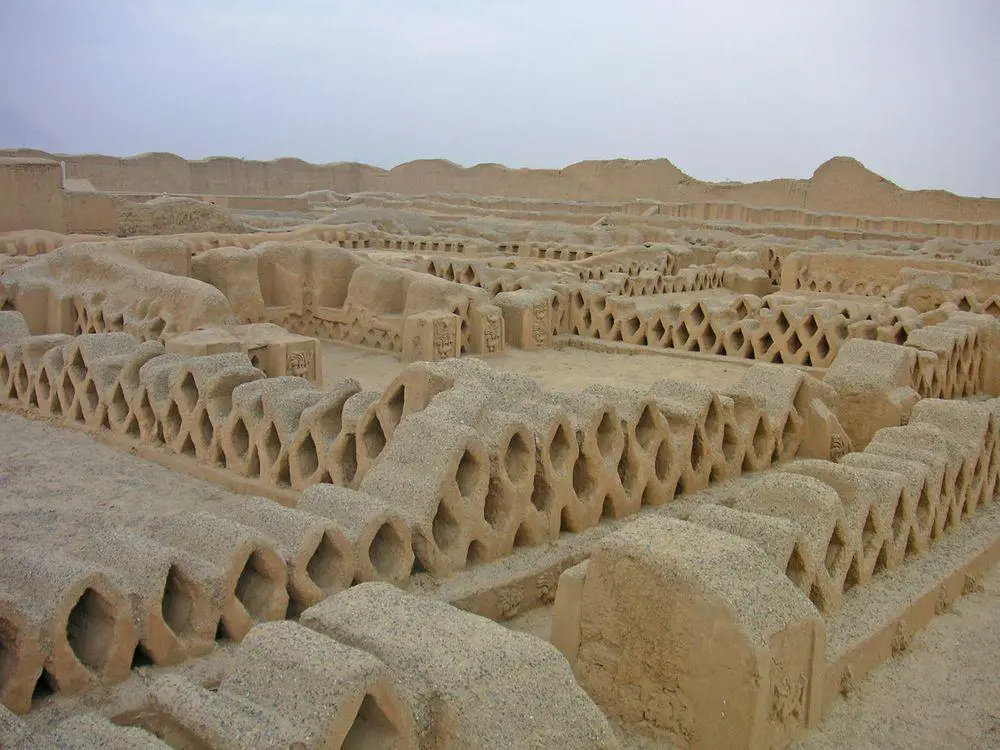
Samaipata
Bolivia
The ceremonial center of Mojocoya and Inca people, located on the top of the mountain. Includes the largest known sculpted rock in the world – a 250 m long, 60 m wide, horizontal area covered with carvings in sandstone. Constructed in the 3rd – 16th centuries.
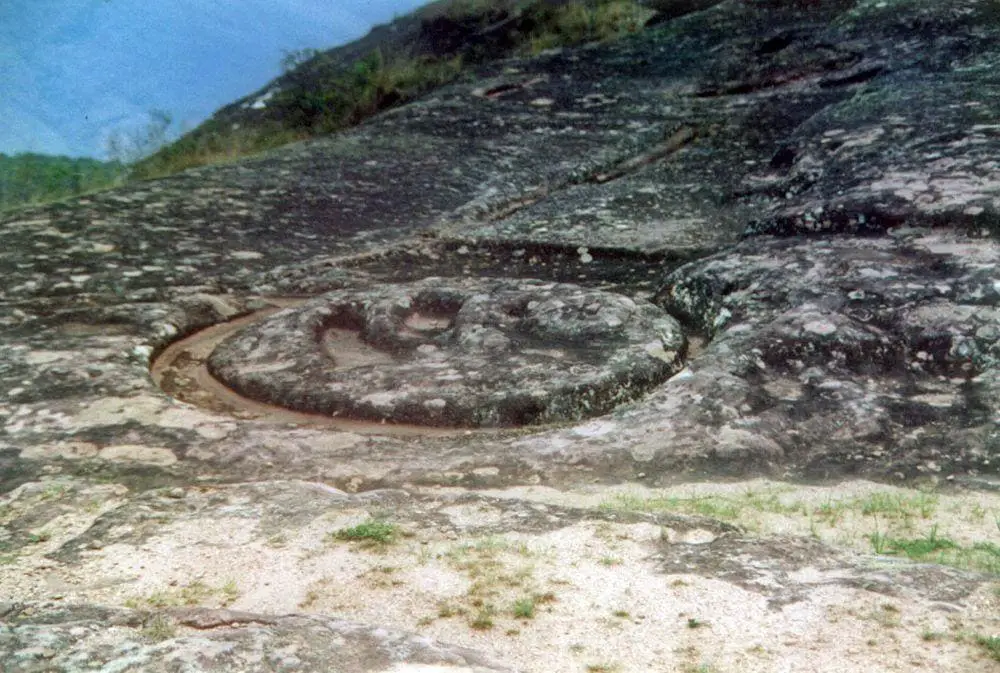
Ollantaytambo
Peru
Inca site – the royal estate of Pachacuti. One of the oldest continuously inhabited towns in Southern America. Constructed in the late 15th century and many original Inca buildings are still inhabited. The ruins of the Sun Temple on Temple Hill include a Wall of Six Monoliths – a surprising megalithic structure.
Vilcabamba
Peru
Ruins of the last capital of the Inca. This remote mountain refuge was constructed by Manco Inca in 1539 and fell to Spaniards in 1572. Rediscovered in 1892.
Architecture wonders
Cusco historic center
Peru
The historical capital of the Inca Empire, inhabited since 900 AD. During Inca time (the 13th century – 1532) the city was developed according to a strict plan. After the Spanish conquest, the city has maintained much of its original planning and part of the building stones, but there has been built a new, magnificent city, blending local and European traditions.
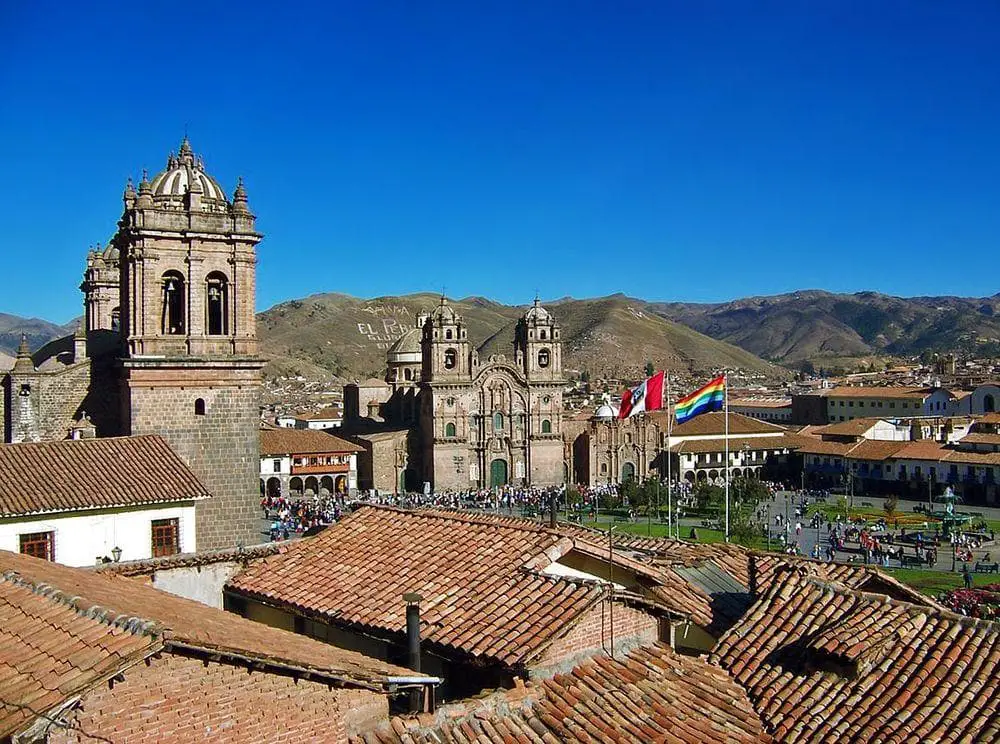
Valparaiso historic centre
Chile
A picturesque, once prosperous port city with countless historical buildings on steep hillsides. In the city still operate 4 – 10 historical funiculars.
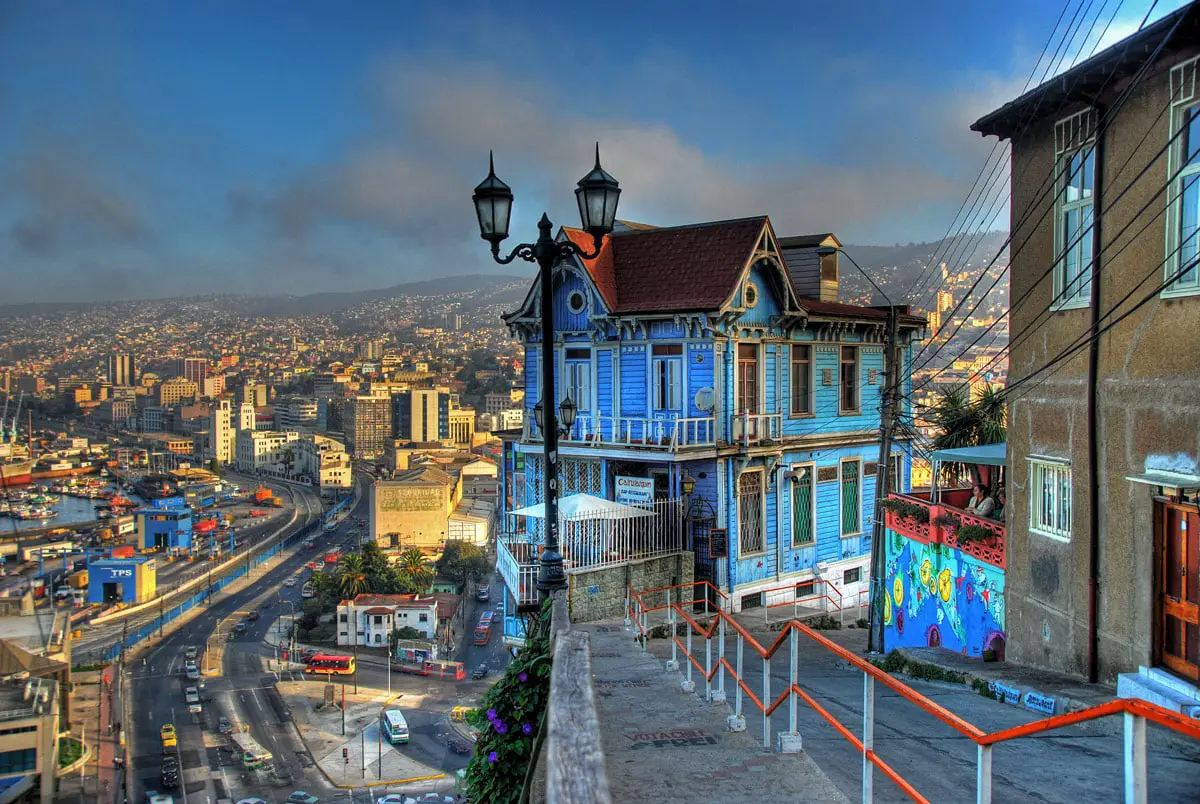
 Recommended books
Recommended books
Turn Right at Machu Picchu: Rediscovering the Lost City One Step at a Time
In 1911, Hiram Bingham III climbed into the Andes Mountains of Peru and “discovered” Machu Picchu. While history has recast Bingham as a villain who stole both priceless artifacts and credit for finding the great archaeological site, Mark Adams set out to retrace the explorer’s perilous path in search of the truth—except he’d written about adventure far more than he’d actually lived it. In fact, he’d never even slept in a tent.
Giants of the Lost World: Dinosaurs and Other Extinct Monsters of South America
More than a hundred years ago, Sir Arthur Conan Doyle wrote a novel called The Lost World with the exciting premise that dinosaurs and other prehistoric beasts still ruled in South America. Little did Conan Doyle know, there were terrifying monsters in South America–they just happened to be extinct. In fact, South America has an incredible history as a land where many strange creatures evolved and died out. In his book Giants of the Lost World: Dinosaurs and Other Extinct Monsters of South America, Donald R. Prothero uncovers the real science and history behind this fascinating story.

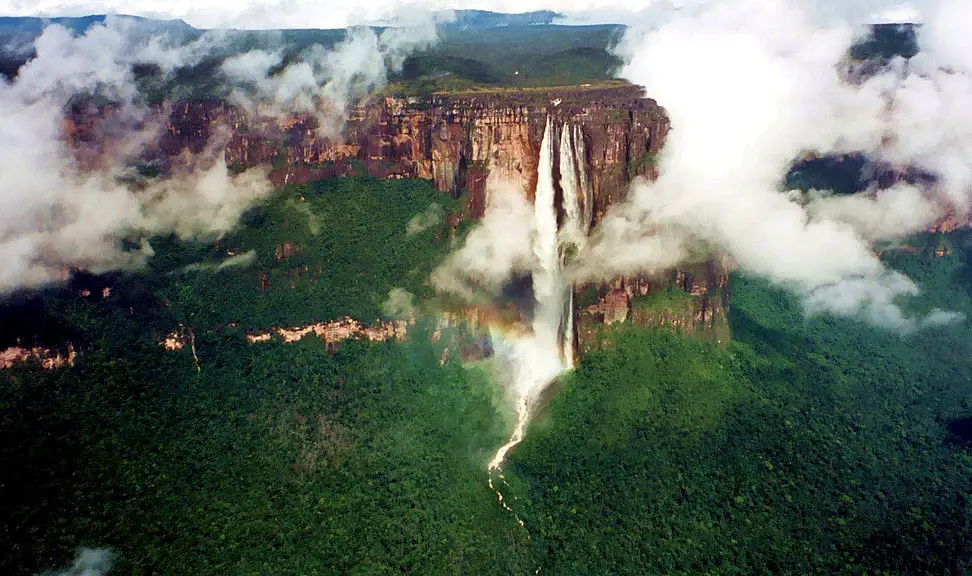
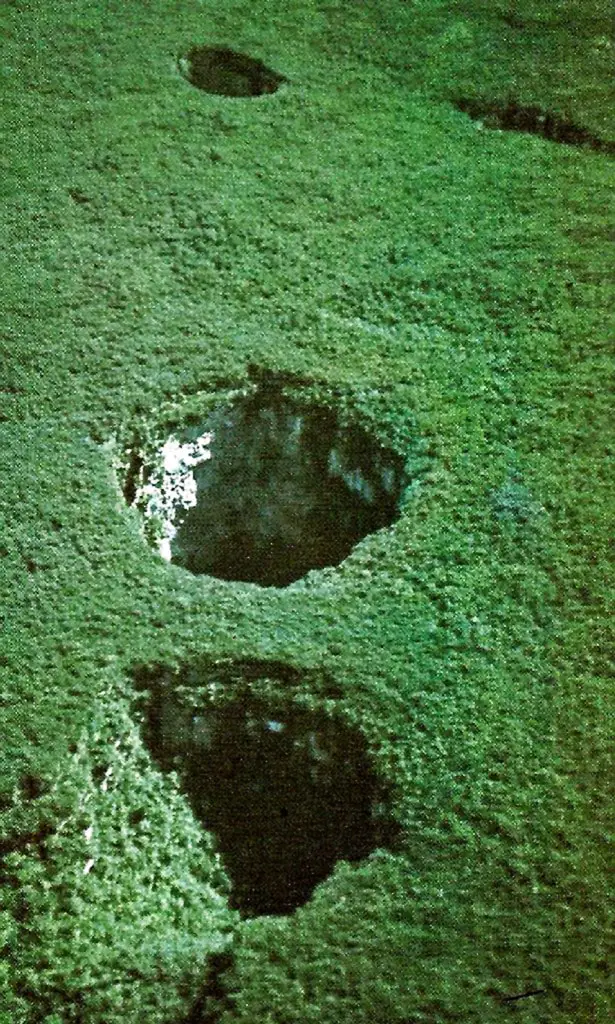
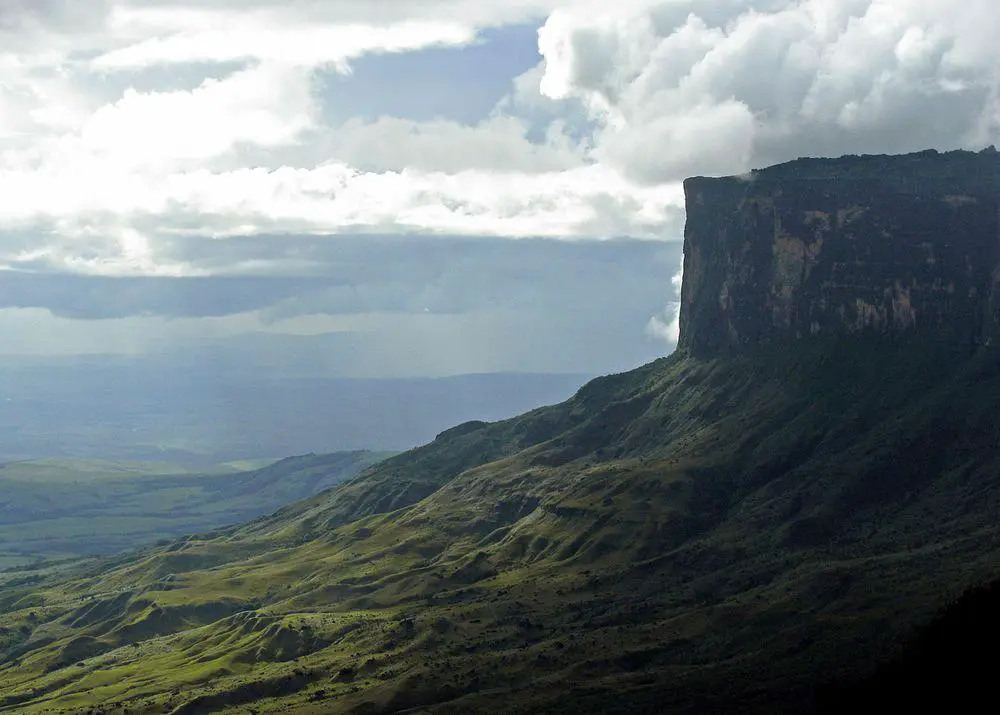
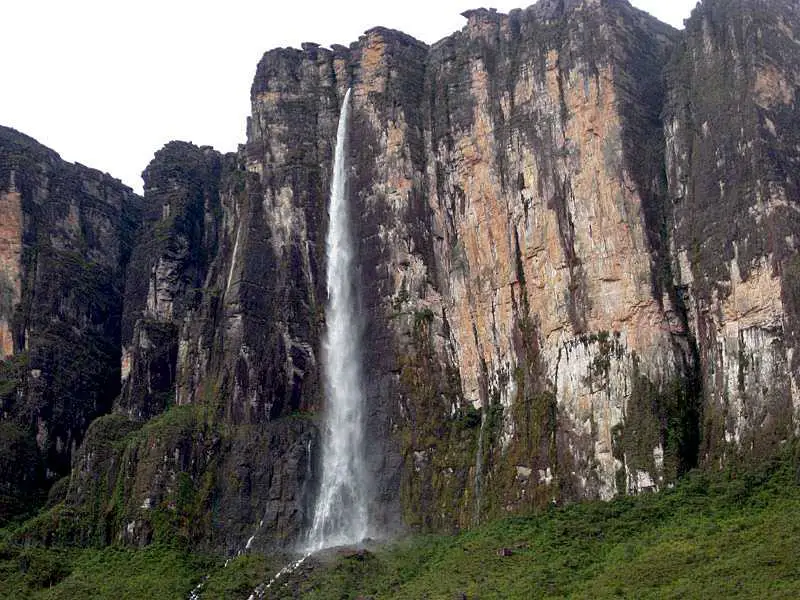
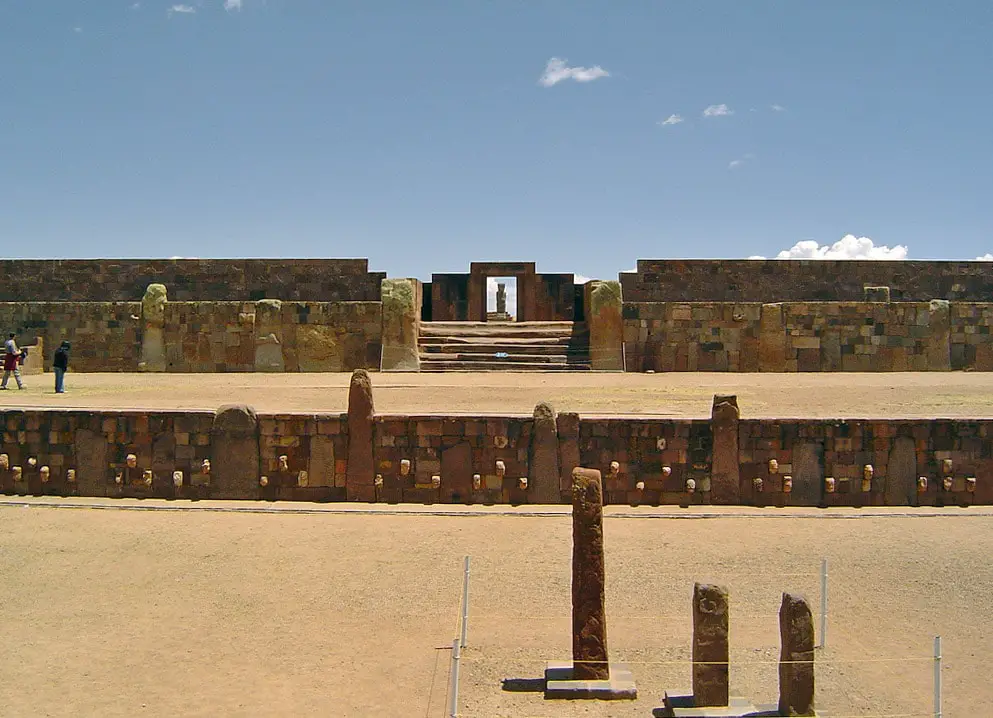


I helped me alote on my school work and made alote of Senc But You could have added alote more color and alote more detail.
Thanks, I am doing all the possible to have more color and more detail – but this takes lots of time.